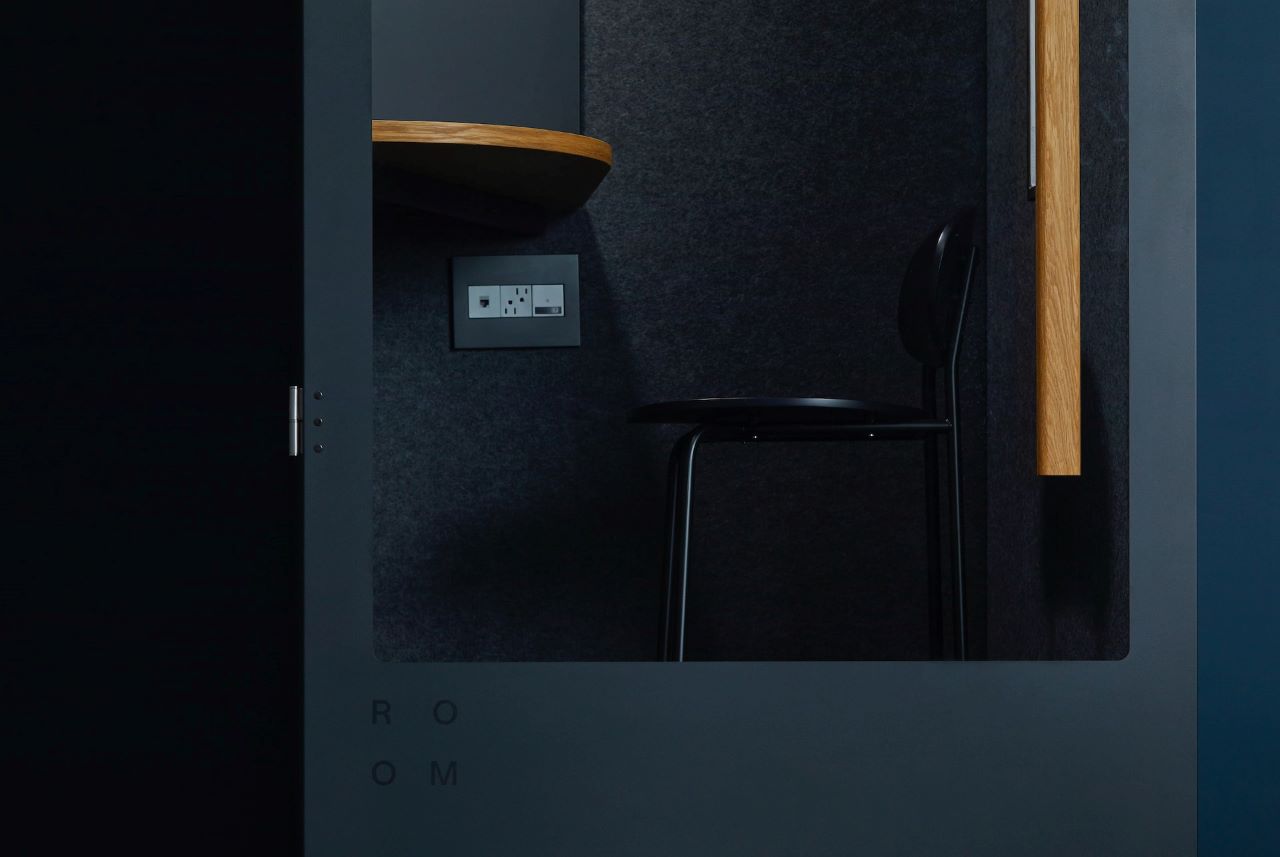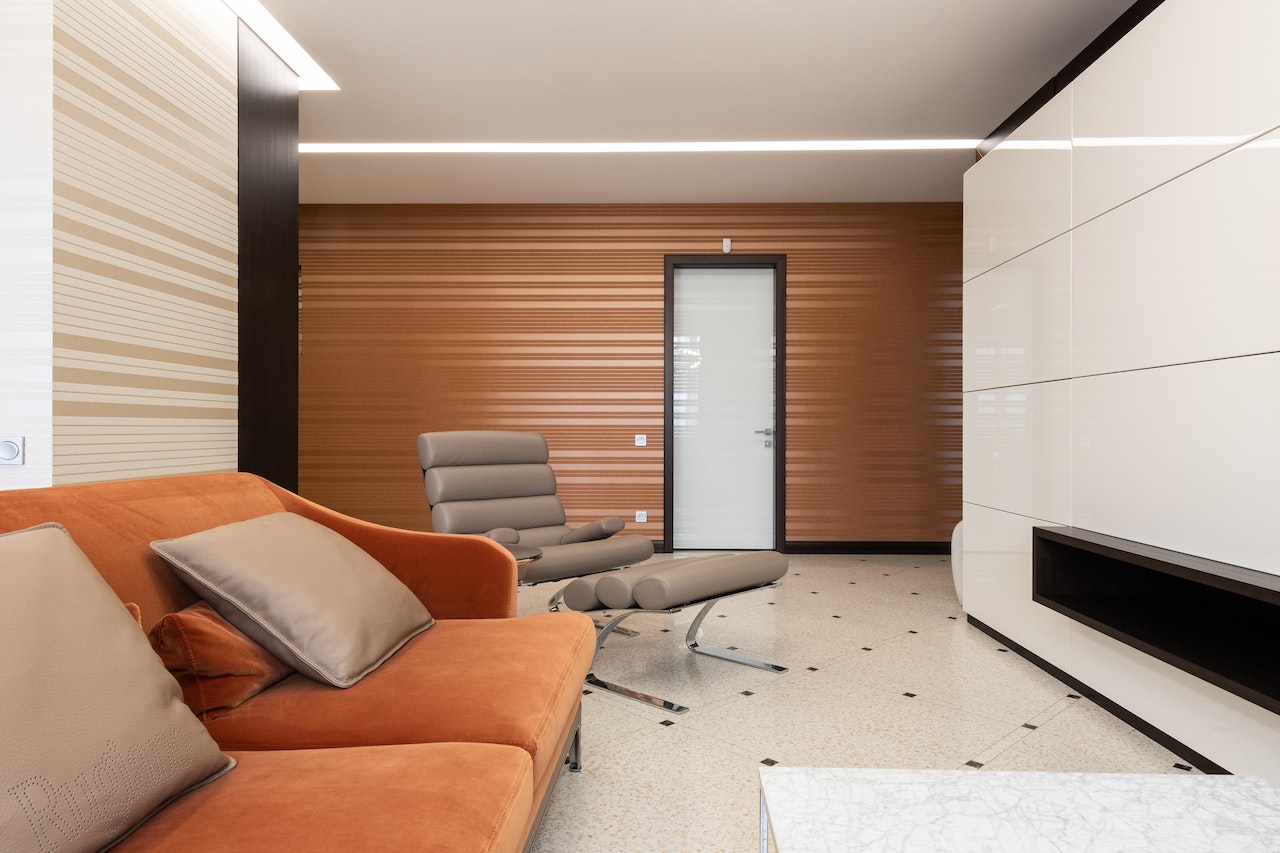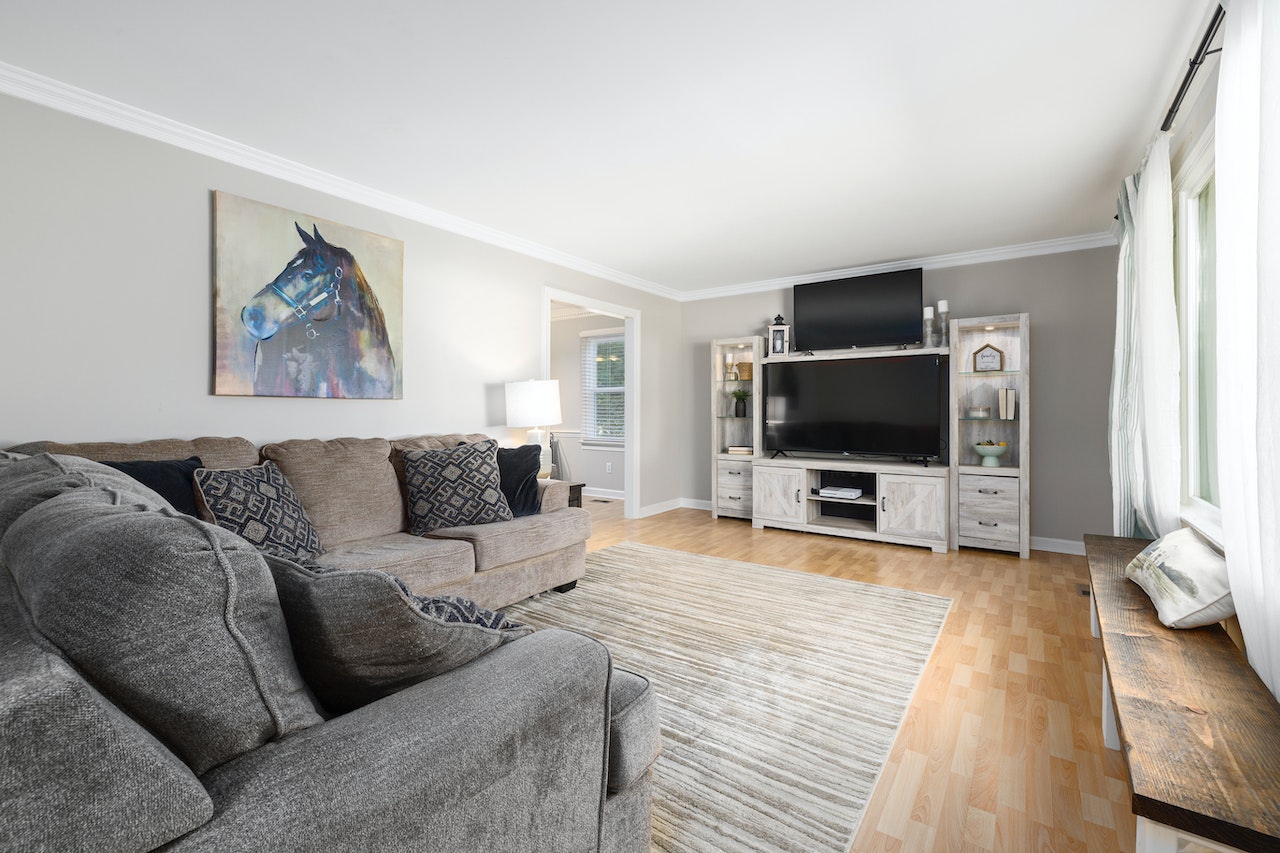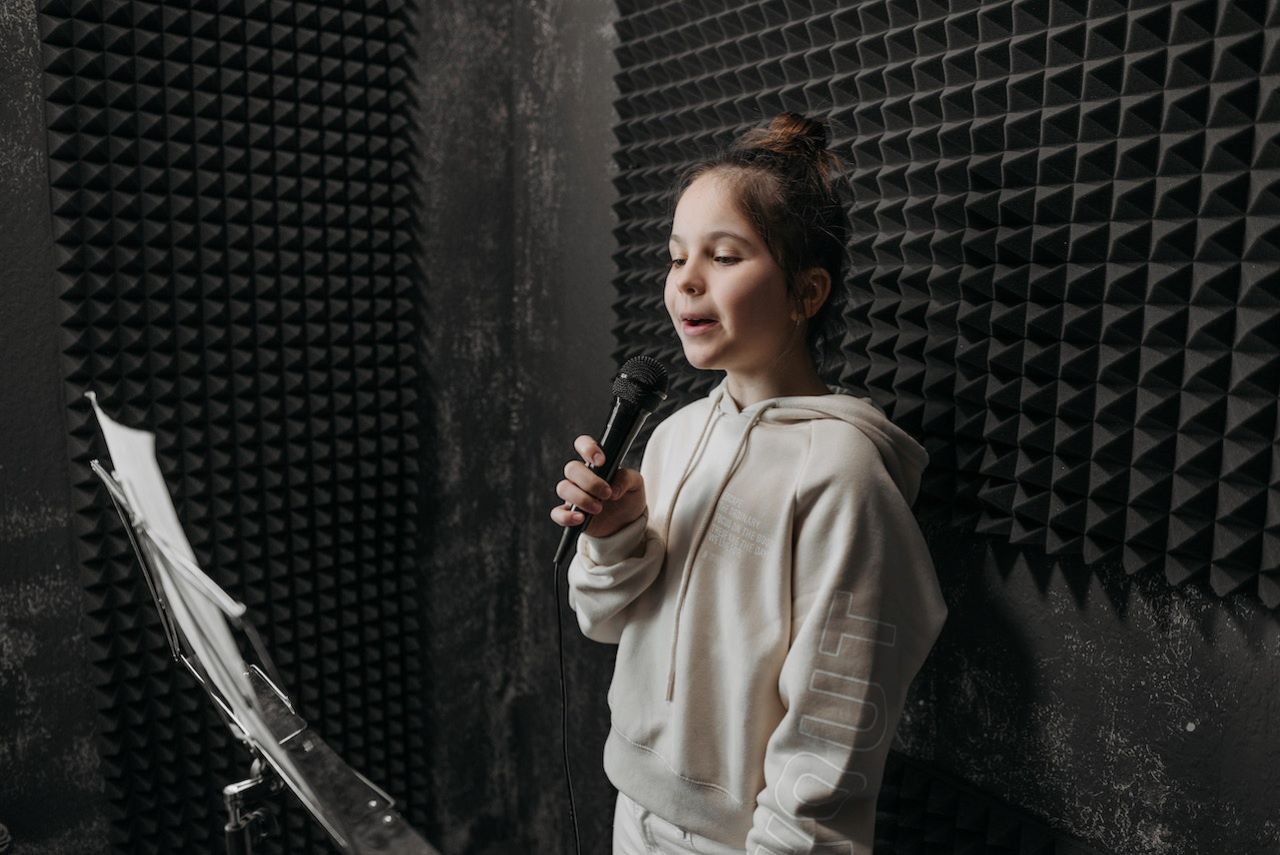Hey there! Do you ever find yourself cranking up the volume to drown out the external noise? Or maybe, you are that person whose booming home theater disturbs the neighbors? If that’s the case, then you’ve landed in the right place. Today, I am going to provide you with a detailed guide on soundproofing a room and the associated costs. So, how much does it cost to soundproof a room? Buckle up because we’re about to dive deep into the world of soundproofing!
Soundproofing can be a worthwhile investment to enhance your work, entertainment, or sleeping environment. However, the cost can vary widely depending on several factors. This article will take you through the nuts and bolts of the entire process so that you can make a knowledgeable decision based on your requirements and budget.
Basics Of Soundproofing
Before we delve into cost analysis, it’s vital to understand the basics of soundproofing. In simple terms, soundproofing is the process of minimizing or eliminating the transmission of sound between spaces. It’s all about stopping unwanted sounds from entering (or escaping) your room. The basic principles of soundproofing involve four key elements: absorption, damping, decoupling, and mass.
Absorption involves using materials to soak up sound waves, thereby reducing the amount of sound that bounces off surfaces. Damping minimizes the vibration of sound waves on a surface. Decoupling involves separating surfaces to prevent the transmission of sound waves, and mass refers to adding extra density to surfaces to make them harder for sound to pass through. Now that you have a basic understanding of soundproofing, let’s move on to the crux of this article – the cost of soundproofing a room.
Related: How to Set Up a Temporary Soundproof Wall
Soundproofing Materials And Their Costs
There are numerous soundproofing materials available in the market, each with its own unique set of characteristics and costs. Here’s a detailed breakdown of these materials and their associated expenses.
1. Soundproofing Insulation
One of the most commonly used soundproofing materials is insulation. Not only does it prevent heat transfer, but it’s also excellent at absorbing sound. There are several types of soundproofing insulations to absorb sound, like mineral wool, fiberglass, and cellulose, each varying in cost. The price typically ranges from $0.50 to $2.00 per square foot. Remember that insulation’s effectiveness at reducing noise depends on its density, with denser materials providing better sound absorption.
How and Where to Use?
Insulation is typically installed in the cavities between walls, ceilings, and floors. It’s especially effective in areas where there’s a significant amount of empty space that can amplify noise. However, proper installation is critical as even small gaps can significantly reduce its effectiveness.
Related: Sound Dampening Rug and Floor Soundproofing Material
2. Acoustic Panels
Acoustic panels are another popular choice for soundproofing. They come in various materials, including foam, polyester, and fabric-wrapped fiberglass. The price of these panels can vary dramatically based on their size, thickness, and soundproofing material. A standard 2’x4′ panel can cost anywhere between $20 to $100.
How and Where to Use?
Acoustic panels are most effective when mounted on walls and ceilings. They’re excellent at reducing echo and reverberation within a room. They’re also available in a range of colors and designs, making them a great option for those looking to combine functionality with aesthetics.
Related: Acoustic Panels vs Foam and Best Material For Acoustic Panels
3. Mass Loaded Vinyl (MLV)
Next on our list of soundproofing materials is Mass Loaded Vinyl or MLV. MLV is a limp, flexible material loaded with mass to make it a superior sound barrier. Its dense, thin, and flexible nature makes it one of the most effective materials for blocking sound transmission.
Cost of MLV
MLV isn’t exactly the cheapest option on the market, but its effectiveness is worth the cost for many. Depending on the thickness and brand, the cost of MLV ranges from $1.50 to $2.50 per square foot.
Installation Considerations
Because of its high mass and flexibility, MLV is perfect for wrapping around noisy pipes or irregular structures where other materials might not work. It’s also commonly used in walls, ceilings, and floors for added sound blocking. Installing MLV is fairly straightforward, but due to its weight, it can be a two-person job.
4. Soundproofing Sealants
Soundproofing sealants include caulks, foams, and tapes designed to seal gaps and cracks that can let sound through. They are particularly useful for sealing joints and edges in drywall, around windows and doors, and where pipes or wires penetrate walls. The cost of these sealants typically ranges from $5 to $30 per tube or roll.
How and Where to Use?
These sealants are usually applied after installing other soundproofing materials to fill any gaps or seams that might have been left open. While they may seem insignificant, these little gaps can undermine your entire soundproofing effort if left unattended, so take notice of this crucial step!
5. Soundproofing Drywall and Plasterboard
Soundproofing drywall or acoustic drywall is a type of drywall designed specifically for noise reduction. It’s usually made up of multiple layers of different materials, each contributing to its sound-blocking capabilities.
Cost of Soundproofing Drywall
Soundproofing drywall is more expensive than standard drywall. A standard 4’x8′ sheet can cost anywhere from $40 to $60, depending on the brand and its specific noise-reducing properties.
Installation Considerations
Soundproofing drywall is installed similarly to regular drywall, but it’s heavier, so it requires more manpower or better tools. It’s most commonly used in walls and ceilings where noise transmission is a significant concern.
6. Acoustic Foam
Acoustic foam is a lightweight material designed to reduce echo and improve the acoustics within a room. It works by absorbing sound waves to prevent them from bouncing off hard surfaces. It’s an excellent choice for spaces like recording studios or home theatres, where sound quality is crucial.
Cost of Acoustic Foam
The cost of acoustic foam varies depending on its thickness and density. However, you can expect to pay anywhere between $15 and $50 for a pack of 12 1’x1′ foam panels.
Installation Considerations
Installing acoustic foam is simple and straightforward. You can attach it directly to your walls or ceiling using adhesive strips or glue. It’s important to note that while acoustic foam is great at improving interior sound, it doesn’t block sound transmission between rooms.
Related: DIY Sound Dampening Panels
7. Resilient Channels
Resilient channels are thin metal structures used to decouple (or separate) the drywall from the framing studs, which helps prevent sound waves from traveling through the walls or ceilings. By creating a break in the path that sound travels, resilient channels can significantly reduce sound transmission.
Cost of Resilient Channels
Resilient channels are relatively inexpensive, considering their effectiveness, with costs usually ranging from $2 to $3 per linear foot.
Installation Considerations
While installing resilient channels can be a DIY project, it requires precision and attention to detail. Incorrect installation can actually worsen sound transmission, so consider hiring a professional if you’re not confident in your skills.
8. Soundproofing Doors And Windows
When it comes to soundproofing, doors and windows are often the weak links, as they can allow a lot of sound to pass through. Upgrading to soundproof doors and soundproof windows can make a significant difference. However, they can be quite expensive, ranging from $200 up to $1000 per item, depending on the level of soundproofing.
Installation Considerations
Soundproof doors and windows need to be installed correctly to achieve the desired level of soundproofing. This usually involves professional installation to ensure a good seal around the frames, further driving up the cost.
Related: Best Soundproof Blanket For Door and Acoustic Treatment For Windows
How Much Does It Cost To Soundproof A Room?
Soundproofing your space, as we’ve seen, involves a wide range of materials and techniques. But the materials themselves are just one part of the cost. The elephant in the room here is, of course, installation costs, and it’s essential to factor these into your budget. Let’s break it down.
DIY vs. Professional Installation
Opting for a DIY approach can save a significant chunk of change. You might only need to spend on materials and some basic tools, with costs potentially under $1,000 for a small room. On the other hand, professional installation costs vary depending on your location, the size and type of the room, and the materials used. However, you might be looking at anywhere between $1,500 to $3,000 for a professional job in a single room.
Pros of DIY Installation
- Cost savings: The most obvious advantage of DIY is the potential for cost savings. By doing the work yourself, you can save on labor costs, which can be a significant portion of a soundproofing project.
- Personal satisfaction: There’s a certain level of satisfaction that comes from completing a project on your own. You’ll also gain new skills and knowledge along the way, which could be helpful for future home improvement projects.
- Flexible timing: With DIY, you can work on the project at your own pace, fitting it around your other commitments. There’s no need to coordinate schedules with a contractor.
Related: DIY Sound Booth For Podcast
Cons of DIY Installation
- Time-consuming: DIY projects can be time-consuming, especially if you’re new to soundproofing. You’ll need to spend time researching, buying materials, and doing the actual work.
- Risk of mistakes: Without professional experience, you’re more likely to make mistakes, which could lead to less effective soundproofing or even damage to your room. Mistakes could also end up costing you more in the long run.
- Lack of professional knowledge: Professionals have in-depth knowledge about different materials, techniques, and how to overcome various challenges that may arise during installation. Without this expertise, you might not achieve the desired results.
Related: How To Reduce Echo In A Room
Pros of Professional Installation
- Expertise and experience: Professionals have the necessary training and experience to do the job right. They’ll know how to handle any surprises that come up and can ensure the most effective soundproofing.
- Saves time: Hiring professionals can save you a lot of time. They can get the job done faster and more efficiently, allowing you to focus on other things.
- Quality results: Professionals will likely provide better results than a DIY effort. They have access to professional-grade materials and tools and understand the best techniques to achieve optimal soundproofing.
Cons of Professional Installation
- Higher cost: Hiring professionals comes at a higher cost. You’ll need to budget for labor costs on top of materials, which can significantly increase the overall cost of the project.
- Scheduling: Working with professionals means you’ll need to coordinate schedules. Depending on their availability, you might have to wait for them to start or complete your project.
- Less control: With professionals, you might feel like you have less control over the project. They’ll be making most of the decisions, although they should consult you on major ones.
By weighing these pros and cons, you can decide which route is the best for your needs, budget, and schedule.
Related: How To Hang Sound Foam
Estimating Installation Costs
Installation costs will be influenced by several factors. The size and type of the room, existing structural conditions, and the specific soundproofing materials and techniques used all come into play. A larger or structurally complex room, for example, will require more materials and labor, driving up the cost.
Average Costs Based on Room Size
On average, soundproofing a small room DIY-style might range from $500 to $1,000, while hiring professionals might push the cost to $1,500-$2,500. For larger rooms, DIY costs could be $1,000-$2,000, with professional installation ranging from $2,500 to $3,500 or more.
Soundproofing Different Types Of Rooms
Just as every home is unique, so too is every soundproofing project. Different rooms serve different purposes, and what works for a home office might not be ideal for a home theatre. Let’s delve into what you need to consider when soundproofing different types of rooms.
1. Soundproofing A Home Office
For a home office, where you’ll likely need to reduce outside noise for concentration, consider soundproof drywall, MLV, and soundproofing sealants. The costs of these materials can range between $500 and $1,000, depending on the room size.
DIY Tips for Home Office Soundproofing
Firstly, identify the noise sources, and focus on those areas. Seal gaps and cracks around windows and doors. Installing MLV and drywall can be a weekend DIY project, but be sure to follow installation guides to the letter. Add some acoustic foam for better sound quality during online meetings.
2. Soundproofing A Music Studio
In a music studio, you’re dealing with two objectives: keeping sound in and keeping external noise out. Soundproofing materials like acoustic foam, MLV, resilient channels, and soundproofing drywall are your best bet. The costs of these materials could range from $1,000 to $2,000, depending on the size and specific needs of your studio.
Professional Tips for Studio Soundproofing
Resilient channels can be a game-changer in a music studio. These decouple the drywall from the framing studs, dramatically reducing sound transmission. Install these before your soundproofing drywall for optimal effect. Acoustic foam is also important to reduce echo and improve the sound quality within the room. As precision is crucial, consider hiring a professional to ensure optimal results.
Related: Best Sound Blankets For Studio and Recording Studio Glass
3. Soundproofing A Home Theatre
For a home theatre, reducing outside noise and improving internal acoustics are essential. Consider acoustic panels, soundproofing insulation, and acoustic foam. Costs can range from $1,500 to $2,500 based on the size of your home theatre.
Expert Recommendations for Theatre Soundproofing
Cover walls and ceiling with acoustic panels to both improve acoustics and reduce outside noise. Soundproofing insulation in the walls and ceiling can also significantly reduce noise transmission. For best results, consider consulting with a professional to ensure you get the cinematic experience you’re aiming for.
4. Soundproofing A Bedroom
If you’re looking to block out street noise, loud neighbors, or household noise, materials such as soundproof curtains, window inserts, door sweeps, and soundproofing sealants can be effective. You could potentially soundproof a bedroom for under $500, depending on the severity of the noise problem.
DIY Tips for Bedroom Soundproofing
Start with the basics. Heavy curtains and window inserts can significantly reduce street noise, and door sweeps can help block noise from the rest of the house. Sealing gaps and cracks can also make a noticeable difference.
Related: How to Set Up a Bedroom Recording Studio and How To Soundproof A Closet
Factors Influencing Soundproofing Costs
Soundproofing costs are not one-size-fits-all. Beyond just the size of your room and the materials you choose, you might find your budget influenced by a range of other factors. Here are at least five to consider.
1. Size Of The Room
The larger the room, the more materials you will need, and thus, the higher the costs. A small study or home office, for example, will be much cheaper to soundproof than a sprawling open-plan living area.
2. Current Acoustic Characteristics
A room’s existing acoustic characteristics play a significant role in determining soundproofing costs. Rooms with a lot of hard surfaces, like tiled floors or large windows, will require more work to soundproof effectively. Similarly, older homes may have structural issues that need addressing first, especially the acoustic tiles, adding to the overall cost.
3. Desired Level Of Soundproofing
Your desired level of noise reduction can also significantly influence the costs. If you’re trying to cut down a bit of street noise in your home office, for example, you might get away with some basic fixes like soundproof curtains and door sweeps. But if you’re trying to achieve near-total silence in a home recording studio, you’re likely going to need to invest more heavily in high-end materials and possibly professional installation.
4. Quality Of Materials
The quality of the soundproofing materials you choose will directly impact your overall costs. Higher-quality materials typically have better soundproofing capabilities and tend to be more durable, but they also come with a higher price tag. It’s essential to balance the need for quality with your available budget. Remember, more expensive does not always mean better. Research and understand what materials will work best for your specific needs.
5. Type Of Noise To Be Isolated
The type of noise you’re trying to isolate can also influence the cost of soundproofing. Are you dealing with airborne noise (such as people talking or music playing) or impact noise (like footsteps or items dropping on the floor)? Maybe you’re up against both! Different types of noise may require different soundproofing strategies, affecting the overall cost.
6. Architectural Details
The architectural features of your room can influence soundproofing costs as well. Rooms with more doors and windows, for instance, may require additional work to properly soundproof. The same applies if you have unique architectural details like exposed beams or recessed lighting.
7. Labor Costs
If you’re considering professional installation, labor costs will undoubtedly come into play. Depending on the complexity of the job, you could expect labor to comprise a substantial portion of your overall costs. Factors that might influence labor costs include your location, the size of the job, and the expertise of the professionals involved.
8. Timeframe
If you’re in a hurry to get the job done, you might end up paying more. Rush jobs often cost extra, especially if you’re hiring professionals. The best approach is to plan well in advance to allow for adequate time to get everything done without incurring extra costs.
9. Compliance With Local Regulations
Depending on where you live, you might need to follow specific building codes or regulations when soundproofing a room. These could include rules around changing the structure of a room or building or guidelines about materials that can be used. Ensuring compliance might add extra costs to your project.
Remember, when it comes to soundproofing a room, it’s not just about how much money you’re willing to spend. It’s about investing in the right areas to create a space that serves your needs without blowing your budget out of the water. The factors we’ve discussed here will provide a more holistic view of the costs involved and what you can expect to get for your investment.
Maintenance And Additional Costs
Once your soundproofing project is complete, you need to consider ongoing maintenance and the potential for additional costs.
Maintaining Your Soundproofing
Like anything in your home, soundproofing materials need maintenance to ensure they continue performing at their best. This could include periodic inspections of your seals and insulation, replacement of acoustic foam panels as they degrade over time, and maintenance of your soundproof doors and windows.
Potential Costs
The costs of maintaining your soundproofing will depend on the materials and methods you use. On average, you should spend a few hundred dollars per year on maintenance. Remember, regular maintenance can help prevent major repairs down the line, so it’s a good investment.
Unexpected Costs In Soundproofing
Soundproofing projects can have hidden costs. You might find you need more materials than you first thought, or you might discover structural issues that need addressing before you can proceed. You should always budget for contingencies—around 10-20% on top of your estimated costs is a good guideline.
How to Avoid Unexpected Costs?
Planning and preparation are your best tools to avoid unexpected costs. Have a clear understanding of your noise problem and your desired outcome. Take the time to thoroughly measure and assess your space, and be realistic about your budget and skills if you’re considering DIY.
Soundproofing a room can be a complex and potentially costly endeavor. But with careful planning and by considering all the factors we’ve discussed here, you can create a peaceful and acoustically pleasing environment in your home.
Related: Cheap Soundproofing
Conclusion
Soundproofing a room isn’t a small task, but it’s worth the effort when you consider the benefits – peace, quiet, and a space that truly feels like your own. By now, you should have a pretty solid grasp of the cost breakdown associated with soundproofing a room. From understanding the materials needed to recognizing the impact of the room size, desired soundproofing level, and maintenance costs – you’re well-equipped to make an informed decision.
Remember, it’s not always about choosing the cheapest option but rather about selecting the most efficient method for your needs. Maybe you only need a slight reduction in noise for your home office, or perhaps you’re going all-in to create a professional-quality music studio. The scale of your project will affect not only the materials you use but also whether you take the DIY route or hire professionals.
Also, it’s crucial to factor in potential additional costs. Even with the most meticulous planning, unexpected expenses can arise. Having a contingency budget will help you navigate any financial surprises along the way.
Overall, it’s all about creating a space that aligns with your needs and brings you the quiet or acoustic quality you crave. It might seem like a big project now, but once it’s done, you’ll wonder how you ever lived without it!
And that’s it! Now, you’re well-armed with the knowledge to plan and execute your soundproofing project confidently. Here’s to enjoying the sound – or the lack thereof – in your newly soundproofed space!
By approaching soundproofing with a solid understanding of the costs and what impacts them, you can make strategic decisions that lead to a successful project. Remember, the investment in soundproofing is an investment in the quality of your life at home or work. So go ahead and make your space your own peaceful retreat from the noise of the world.





